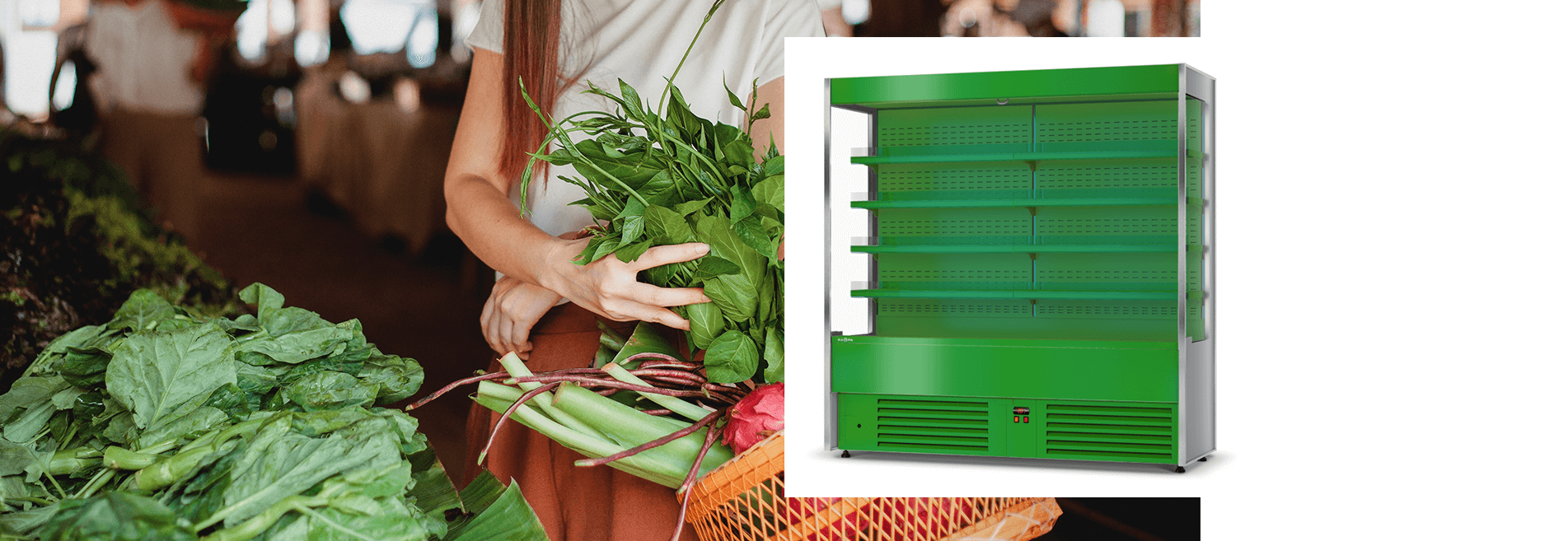

More and more plant products, which are meant to substitute meat, are created every year. Vegetable dishes are not only products made of notorious soybeans, but also oyster mushroom sausages, sunflower burgers and egg white sausages. The main goal of producers is to adjust the taste of the products to the flavors of meat liked by consumers. Why is it worth having an offer of products for vegetarians in your store?
Not only vegetarians give up eating meat
Limiting meat consumption is associated with a healthier lifestyle. The so-called healthy food, organic products and plant meat substitutes are an assortment that is gaining popularity in the eyes of the customer who cares about his and his family's health.
We just started looking at what ended up on our plate differently. We read product compositions, avoid harmful substances and even limit processed products. The pandemic certainly had an impact. Locked in our homes, we have gained more time to cook.
More and more people are also analyzing their "carbon footprint" and paying attention to how much and what exactly is thrown away. We know that producing one kilogram of beef "costs us" as much as 15,000 liters of water, and that livestock farming is responsible for 18% of greenhouse gas emissions. So we think about the future, ours and ours.

Which plant products "compete" with meat?
Until recently, the only vegetable substitute for meat was soybeans, which we bought in the form of dried fibers. The final taste of the dish thus depended solely on the skill of the cook.
Today, consumers can choose not only dried products (mixes from which they can prepare vegetarian cutlets, meatballs, etc.), but also ready-made meats, burgers, sausages or pates. It is important that more and more of these products are fresh (non-dried) and so require similar treatment as their meat counterparts.

How to store vegetable meat substitutes
Dried plant foods have very little storage requirements. Most often, a non-cooled display shelving is enough. In larger stores, you will find separate segments for bio and vegetarian / vegan products. Together with plant based drinks, cookies and gluten-free bread, they tempt consumers interested in an assortment with a longer shelf life.
In the case of fresh products, we proceed in the same way as with meat. Recommended temperatures most often oscillate in the range: 0 - 8 °C. Most of the vegetable cold cuts, soups or sausages should be stored in the following temperatures: + 2 °C - + 6 °C and consumed within 24 hours from the moment of opening the package.
As you can see, the manufacturers recommend keeping these products at low temperatures. Which devices to choose? The good news is that you can rely on devices in which you store traditional meats, meat or dairy products.
To show products that are packed by the producer, use:
If you offer selling products by weight, you can display them in refrigerated counters.

How to arrange the right display
Bio or veg products are most often displayed in specially prepared shelves in the store. Even if only a part of the refrigerated shelf is allocated to this assortment. Why? We do this to make the offer stand out.
Appropriate displays, graphics and boards help in achieving the goal. The most common color is green, which we associate with nature and health. Depending on how much space you have in your store, you can afford to invest in a dedicated device for these types of products.
Enrich your offer with us
We will be happy to help you adjust the offer and introduce the plant based assortment to your store. In our offer you will find all devices that allow for display (from large refrigerated shelves to smaller, free-standing refrigerators). Contact the Customer Service Department and help your clients take care of their health.